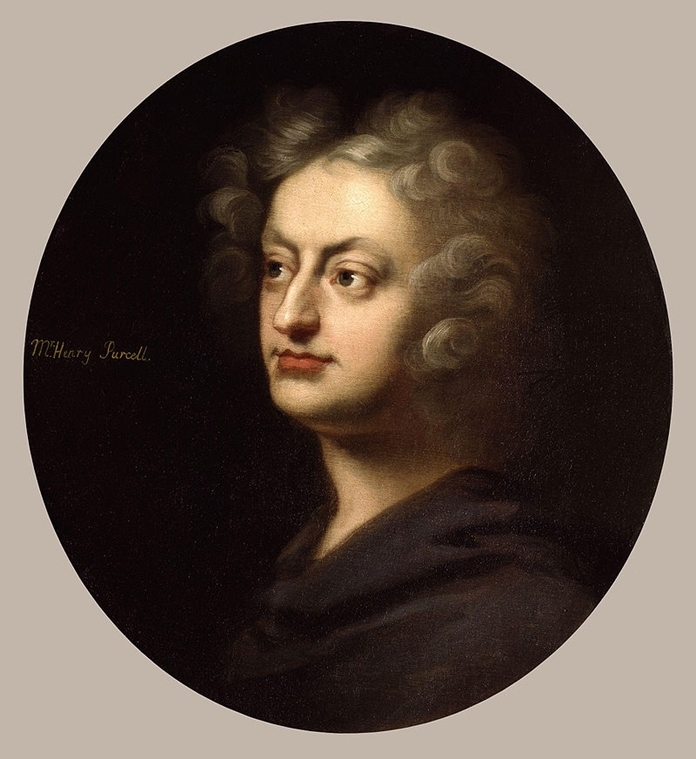
Do you ever find that sometimes a melody drifts into your mind without invitation? This happens to me quite often and sometimes I don’t even recognise it. Recently I heard an orchestra playing a short phrase in my mind. It was only two bars of six notes and I could recall nothing else. After several days of musical agony, I wrote down the phrase and emailed it to some musical friends. The next day, an email arrived from a colleague who has a vast knowledge of the orchestral repertoire. I was pretty sure he would know the answer – and he did. The six-note phrase came from the Shostakovich orchestral suite, The Gadfly. The last time I had heard the work was in Germany thirty years ago.
Last night, while making some coffee in the kitchen I had a similar experience, but at least I knew the tune. You probably know it too (if you’re old enough) because in 1963, it was a hit for Shirley Bassey. The song was I who have nothing. I later discovered that it was originally recorded in 1961 by the Italian singer Joe Sentieri under the title Uno Dei Tanti. Now I have to admit that I am not usually a pop music enthusiast, largely on the grounds that much of it lacks musical interest. But this song has some interesting features.
It has a well-crafted tune in a minor key which itself is unusual. As the intensity of the lyrics increase, the pitch of the melody rises and the mood of despondency changes to one of elation by suddenly switching into the major key. There are several moments of dramatic silence in the song, yet one the most compelling features is not so much the melody, but the persistent chugging rhythm of the accompaniment. It creates a sense of urgency and helps to propel the music forward. This repeated musical device is called an ostinato, a term derived from the Italian word meaning “stubborn”. An ostinato can take the form a melody or rhythm that repeats itself and becomes an integral part of the music. In a few cases, notably Ravel’s Bolero, the ostinato rhythm is repeated throughout the entire piece.
The notion of ostinato has been around since medieval times and was used extensively during the late renaissance and baroque. Sometimes the ostinato took the form of a melody in the bass and became known as a ground bass or basso ostinato. The English composer Henry Purcell was especially skilful at writing them and his most famous one appears in the final aria of his one opera, Dido and Aeneas.
This three-act opera was composed around 1688. In this production, Dido the Queen of Carthage takes poison to end her life. The final aria (“When I am laid in earth…”) begins with a brief and typically chromatic introduction before the ground bass starts at 01:10, played on the cello. This haunting ostinato melody is repeated eleven times throughout the aria. The music itself is loaded with baroque symbolism and the chromatic ostinato descending melody suggests death and despair. Purcell’s rich, sumptuous harmonies carry the soaring melody of the aria and plaintive repeated phrase “Remember me!” is heart-breaking. The aria makes a poignant conclusion to the opera and this powerful performance is probably the finest you’re likely to encounter, both musically and dramatically. It’s given by the Swedish soprano Malena Ernman who incidentally, is the mother of the teenage climate activist Greta Thunberg.
A canon is a piece of music in which the melody is copied in turn by other voices or instruments. The type of song known as a round is a simple canon. Think of the songs Frère Jacques and Three Blind Mice, in which voices sing the same melody at different, though precise moments. In the hands of competent composers, the canon could be made into an extended elaborate composition with melodies weaving around each other. Pachelbel’s famous work cleverly combines a three-part canon with a ground bass. In this performance, you’ll hear the ground bass first; an eight-note phrase played on the cello and later the double bass. It’s repeated 28 times throughout the piece. The eight-note canon melody is heard on each of the three violins in turn before the music gradually becomes more rhythmically complex. Composers found canons fascinating, because the original melody could be modified and elaborated in countless different ways. Just listen – this is exactly what Pachelbel did.
 |
 |
 |





